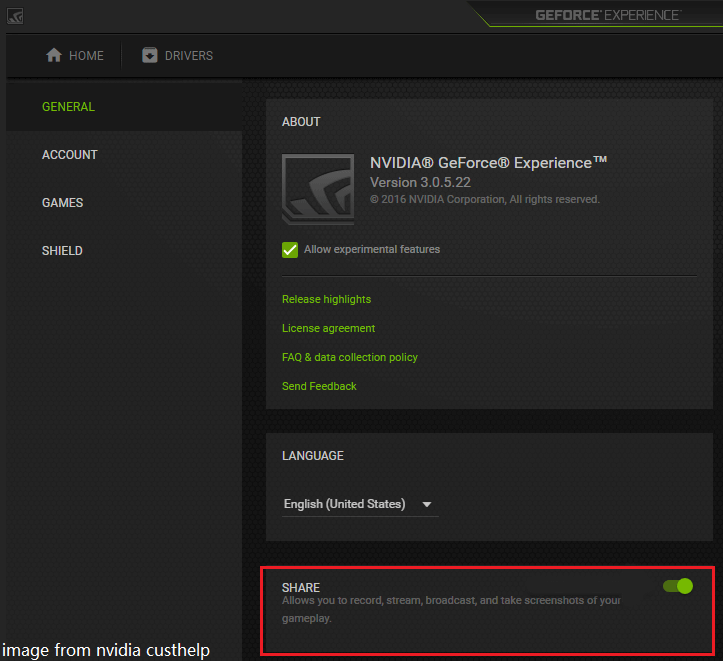

- Nvidia graphics driver install fail log how to#
- Nvidia graphics driver install fail log drivers#
- Nvidia graphics driver install fail log update#
- Nvidia graphics driver install fail log windows 10#

Starting with the December 2019 service release date, the Import Virtual Machine wizard provides the option of either having the wizard-created VM joined to a specified Active Directory domain or not having the VM joined to the domain at the end of the creation process. Import Virtual Machine wizard, from the Imported VMs page.

Verify you have at least one of the following credentials (user name and password) to log in to the VM's guest Windows operating system, according to how the VM was created.
Nvidia graphics driver install fail log windows 10#
Nvidia graphics driver install fail log drivers#
However, the drivers won’t be the most up-to-date for the latest PC games and you don’t get utilities like the NVIDIA Control Panel.Horizon Cloud on Microsoft Azure deployments support these methods for importing GPU-enabled VMs from the Azure Marketplace: Using the console's Import VM from Marketplace wizard Don’t install anything from NVIDIA and Windows will automatically install drivers for your GPU. If you don’t play PC gamers, you can always just get your drivers via Windows Update. Leave the other NVIDIA driver entries installed. Just head to Control Panel > Uninstall a Program, search for “nvidia,” and uninstall the “NVIDIA GeForce Experience” application.
Nvidia graphics driver install fail log how to#
How to Uninstall GeForce Experienceīy the way, if you already have the NVIDIA GeForce Experience software installed, you can uninstall it while leaving your drivers installed. That feature requires the NVIDIA GeForce Experience software. They won’t automatically check for updates or download and install new versions of your GPU drivers for you. You’re now responsible for updating your own NVIDIA drivers.
Nvidia graphics driver install fail log update#
Remember, You’ll Have to Update Them Manually To the right of “System type,” you’ll see whether you’re using a “64-bit operating system” or a “32-bit operating system.” Look for the “Device specifications” section on this screen.


 0 kommentar(er)
0 kommentar(er)
